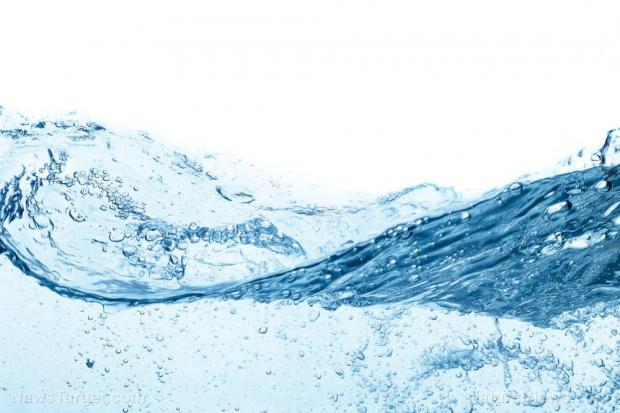
Breaking News
 Charlie's Killer Was MKUltra'd?
Charlie's Killer Was MKUltra'd?
 Doctors are finally admitting that biopsies Spread Cancer…
Doctors are finally admitting that biopsies Spread Cancer…
 We MUST keep talking about this, demand Voter ID. Joe Rogan and Elon Musk on Fraud
We MUST keep talking about this, demand Voter ID. Joe Rogan and Elon Musk on Fraud
 Nick Shirley exposes there are 1,200 medical transport companies in Minnesota.
Nick Shirley exposes there are 1,200 medical transport companies in Minnesota.
Top Tech News
 Kawasaki's four-legged robot-horse vehicle is going into production
Kawasaki's four-legged robot-horse vehicle is going into production
 The First Production All-Solid-State Battery Is Here, And It Promises 5-Minute Charging
The First Production All-Solid-State Battery Is Here, And It Promises 5-Minute Charging
 See inside the tech-topia cities billionaires are betting big on developing...
See inside the tech-topia cities billionaires are betting big on developing...
 Storage doesn't get much cheaper than this
Storage doesn't get much cheaper than this
 Laser weapons go mobile on US Army small vehicles
Laser weapons go mobile on US Army small vehicles
 EngineAI T800: Born to Disrupt! #EngineAI #robotics #newtechnology #newproduct
EngineAI T800: Born to Disrupt! #EngineAI #robotics #newtechnology #newproduct
 This Silicon Anode Breakthrough Could Mark A Turning Point For EV Batteries [Update]
This Silicon Anode Breakthrough Could Mark A Turning Point For EV Batteries [Update]
 Travel gadget promises to dry and iron your clothes – totally hands-free
Travel gadget promises to dry and iron your clothes – totally hands-free
 Perfect Aircrete, Kitchen Ingredients.
Perfect Aircrete, Kitchen Ingredients.
 Futuristic pixel-raising display lets you feel what's onscreen
Futuristic pixel-raising display lets you feel what's onscreen
Scientists use cheap plastic lenses to make solar-powered desalination systems more effective

(Natural News) As it turns out, the addition of cheap, plastic lenses can effectively boost the efficiency of solar-powered water desalination systems.
This is according to researchers from Rice University's Laboratory for Nanophotonics (LANP), who found that by concentrating sunlight into "hotspots" using lenses, they could boost the efficiency of solar-powered membrane distillation desalination systems by more than 50 percent.
"The typical way to boost performance in solar-driven systems is to add solar concentrators and bring in more light," Pratiksha Dongare, a graduate student in applied physics at Rice's Brown School of Engineering and co-lead author of the paper, said.
As detailed in their study, which was published in Proceedings of the National Academy of Sciences, conventional membrane distillation involves flowing hot, salty water across one side of a sheetlike membrane while cool, filtered water flows across the other. This temperature difference between the two creates a difference in vapor pressure, which then drives water vapor from the heated side through the membrane toward the cooler, lower-pressure side.
According to the researchers, scaling up conventional membrane distillation technology is difficult because the temperature difference across the membrane is inversely proportional to the size of the membrane being used.
Rice's "nanophotonics-enabled solar membrane distillation" or NESMD technology, however, addresses this by using light-absorbing nanoparticles to turn the membrane itself into a solar-driven heating element.
"The big difference here is that we're using the same amount of light. We've shown it's possible to inexpensively redistribute that power and dramatically increase the rate of purified water production," Dongare explained.
In order to test their theory, which involves exploiting an inherent and previously unrecognized nonlinear relationship between incident light intensity and vapor pressure, the research team first coated the top layer of their membranes with low-cost, commercially available nanoparticles that are designed to convert more than 80 percent of sunlight energy into heat.
The concept and particles used in the NESMD were first demonstrated in 2012 by LANP director Naomi Halas and research scientist Oara Neumann, who are both co-authors on the new study.



